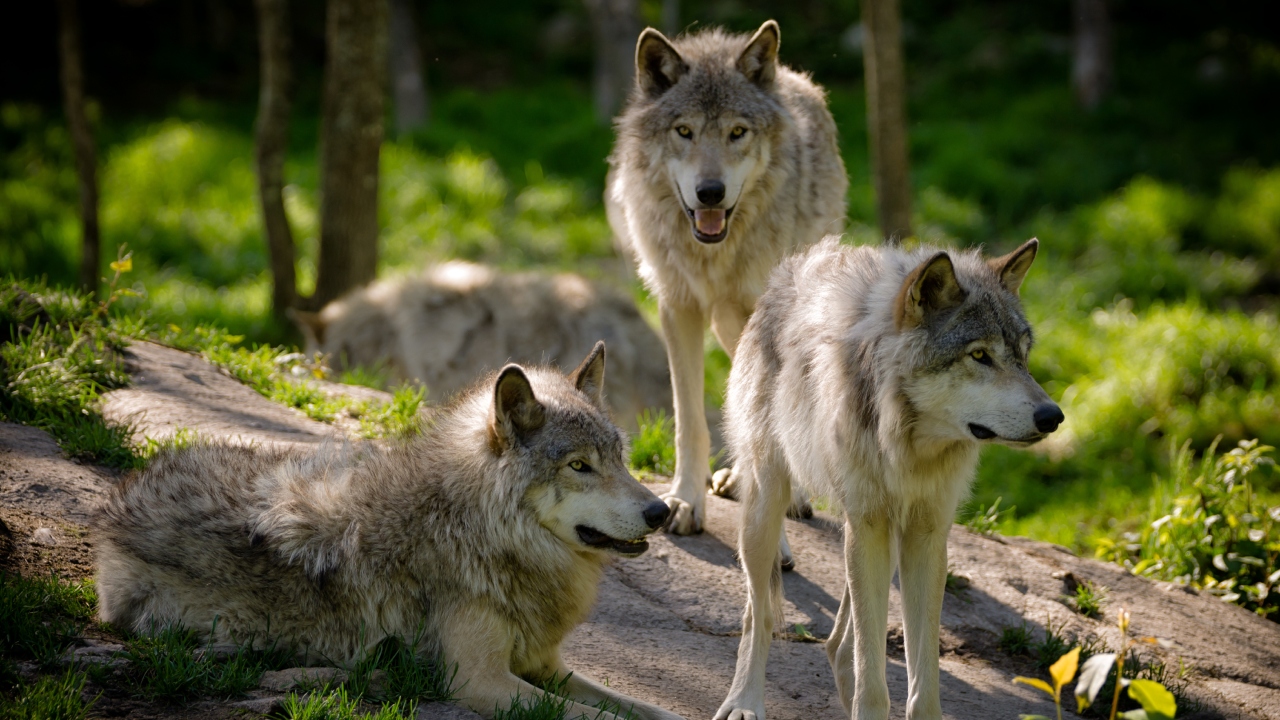


Large carnivores like wolves are returning to areas they used to occupy, leading scientists to wonder whether they may once again fulfil important ecological roles. But wolves’ return to the landscape can affect other nearby animals in complex ways. Researches show that an increase in predators can lead smaller carnivores to seek refuge near people – but humans then kill them at even higher rates than large predators do.
Predators structure ecosystems
Large carnivores play crucial roles in their ecosystems. As they prey on or push other animals to avoid the areas they frequently use, predators shape the way interconnected food webs work. Wolves also kill smaller predators like coyotes, providing respite for the animals that coyotes eat. Research from Yellowstone suggests that landscapes with wolves may have more diverse vegetation and more small animals like songbirds than those without wolves. But because humans are often intolerant of predators and kill them at high rates, large predators tend to avoid areas that are frequented by people.
Predators in human-
dominated landscapes
In 2008, after an 80-year absence, wolves, some of which descended from the original Yellowstone population, began to naturally recolonize Washington. These wolves moved in from neighbouring populations in Idaho and British Columbia. But many of the landscapes wolves are now returning to are heavily modified by humans.
When ‘human shields’ are lethal
We found that wolves and cougars avoided areas heavily influenced by humans, such as busy roads and residential areas. Coyotes strongly avoided wolves, which brought them closer to humans, potentially using humans as shields. We found that humans were the greatest cause of mortality, killing these smaller predators at more than three times the rate that large carnivores did.
Conservation in human-dominated landscapes
While it may at first seem like bad news for conserving smaller predators, these results have important implications for maintaining balanced ecosystems, where no species is too abundant. Unbalanced ecosystems, like ones with too many small predators, can face devastating effects. In Australia, for example, overabundant cats and foxes have contributed to the extinctions of about 30 small mammal species. Studies also show that larger predators can constrain the behaviour of smaller predators in human-dominated landscapes, which may help to prevent overabundance.